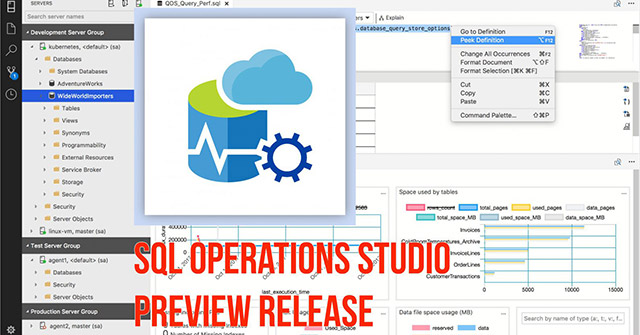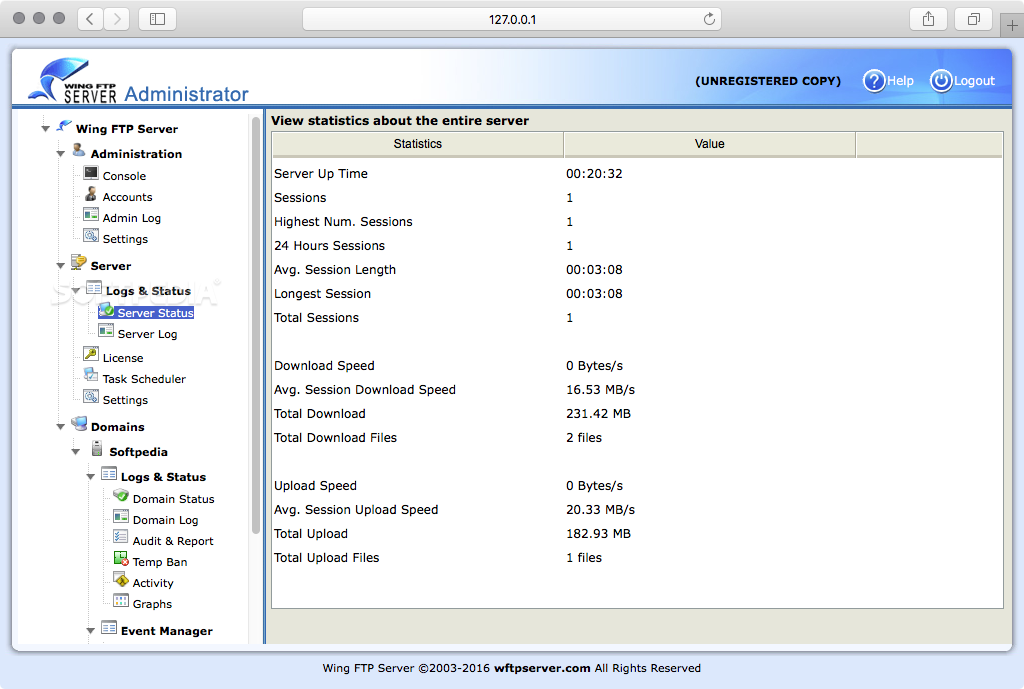

- #MAC TFTP CLIENT FULL#
- #MAC TFTP CLIENT SOFTWARE#
- #MAC TFTP CLIENT PASSWORD#
- #MAC TFTP CLIENT DOWNLOAD#
And it still makes more sense to use Trivial File Transfer Protocol for BOOTP software downloads because in many cases the client and server are on the same low-error-rate LAN. Today, of course, the lack of authentication means that use of TFTP requires special considerations. Uses uniformly sized 512-byte blocks of data, except for the last (If the file is a multiple of 512 bytes, a final, empty block signals end-of-file.) In particular, TFTP differs greatly from usual FTP operation (FTP is discussed in Chapter 20). But TFTP is best understood in the context of the BOOTP environment.
#MAC TFTP CLIENT FULL#
Many books discuss TFTP in the context of full FTP. If the file contains sensitive data, such as usernames and passwords, it would then be readily available to anyone capturing the traffic. Any person who is capturing network traffic on the same network segment as the TFTP session could easily gather the transferred data and re-create the original file.
#MAC TFTP CLIENT DOWNLOAD#
Since TFTP is often used to download boot images from a remote server, and these images often contain sensitive data required to connect into various servers on the network, it is possible to retrieve stored account information from within these boot images. However, its role as a “bootstrap protocol” could allow usernames and passwords to be transferred in the clear across a network when these aren’t protected by higher-level mechanisms. Given there is no authentication, and no encryption, TFTP is generally not recommended for the transfer of sensitive data. This concern is also greater because all TFTP packets are sent in the clear across a network, with no data encryption. It was originally planned by engineers that usernames and passwords should not ever be required for TFTP access, but this has led to many security issues. Insomuch that TFTP was designed for simplicity and ease of use, any mechanisms normally used to secure data were not implemented into its protocol. SNMP uses UDP as its transport protocol fundamentally because of the need for low latency and also to keep network usage overheads low so that the network management system does not itself become a source of excessive network load. Simple Network Management Protocol (SNMP). However, DNS uses TCP to perform zone transfers between DNS servers, as these are effectively the equivalent of a file transfer, and it is vitally important that the data are not corrupted.

The fundamental reason for this is to keep the latency of DNS lookups as low as possible using TCP would incur significantly higher latency because of the need to set up and shut down a TCP connection. DNS uses UDP as its transport protocol (by default) for lookup queries sent to DNS servers and for responses returned from DNS servers.

TFTP uses simple checksum techniques to detect if a file is actually corrupted in which case it is rejected. Therefore, for TFTP, the use of UDP at the transport layer is desirable because the low overheads and latency outweigh any reliability concerns. Many text files that are used to configure routers will fit into a single typical segment, so the issues of ordering are greatly reduced. TFTP is a cut-down version of FTP, designed so that a TFTP server can be hosted within a device such as a router without requiring excessive processing and memory resources. TFTP was designed as a lightweight file transfer mechanism primarily used for transferring short configuration files to routers and other devices, typically over a short dedicated link or at least within a LAN environment. Users can only PUT (drop) files where they have remote WRITE access. TFTP ignores the rest of the security string.

That is, the files must be secured “Nxxx”. Users can GET (retrieve) only files that grant all users remote READ access. The TFTP server on the remote system sets the restrictions on which files users can retrieve, as well as restrictions on storing files. The files remote users are allowed to retrieve from a remote system are typically secured for public access that is, anyone on the network can read the files.
#MAC TFTP CLIENT PASSWORD#
TFTP does not provide any mechanism for users to logon to the remote system with a userid and password and verify which files they can access. The HP TFTP client is used to transfer public files to and from a remote system.įiles can be transferred to or from any system on a network that has a TFTP server that accepts requests from the TFTP client. Remote TFTP clients are used to transfer public files to and from an HP Nonstop Server host system's TFTP server (TFTPSRV).


 0 kommentar(er)
0 kommentar(er)
